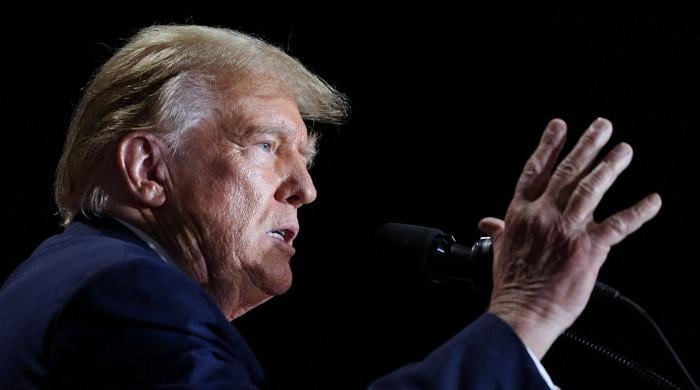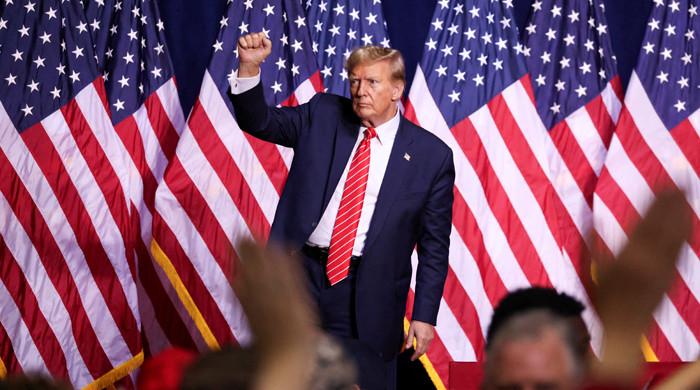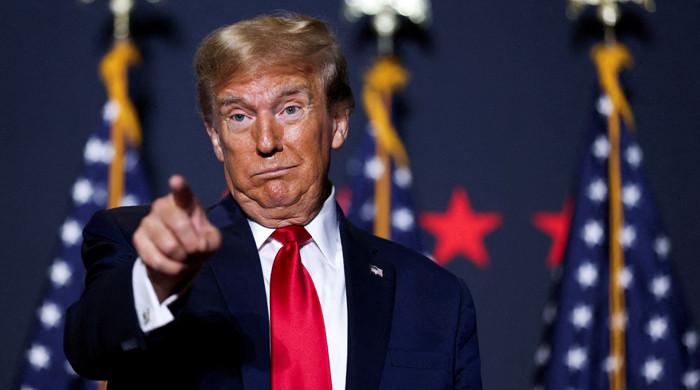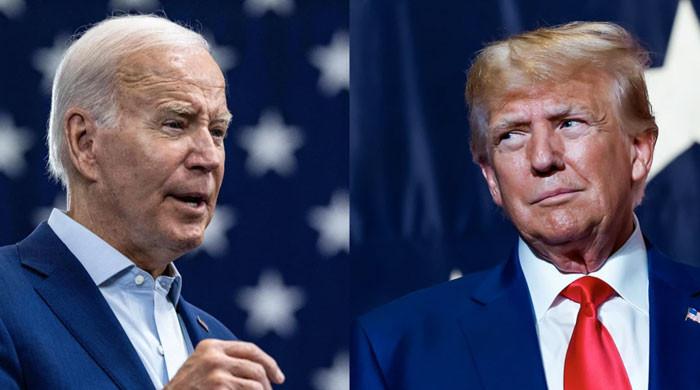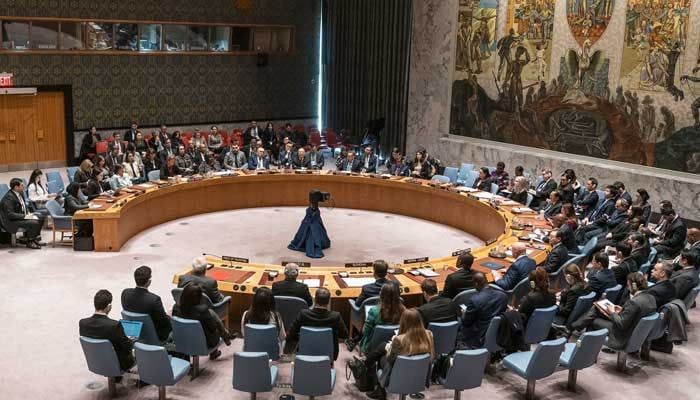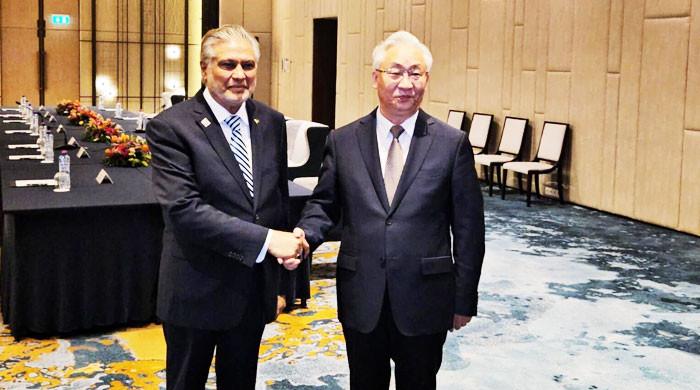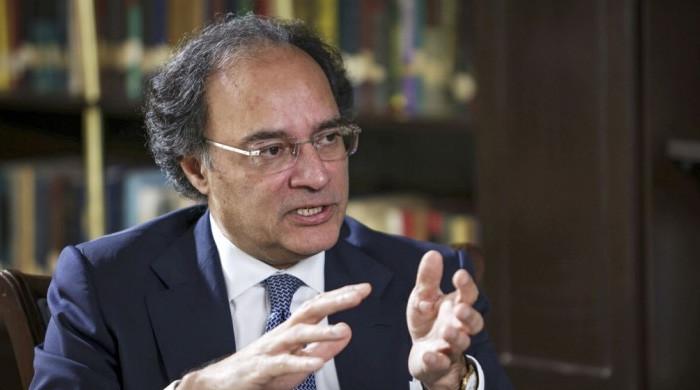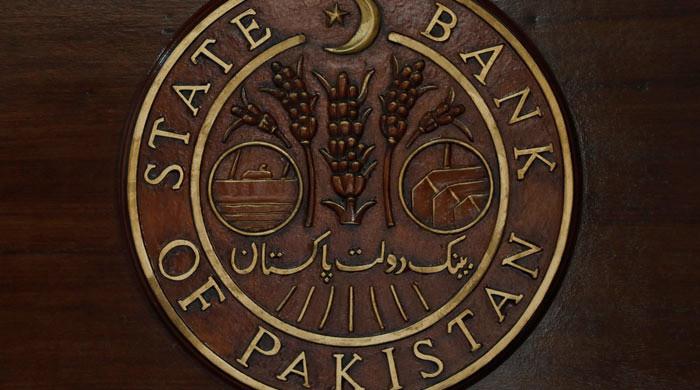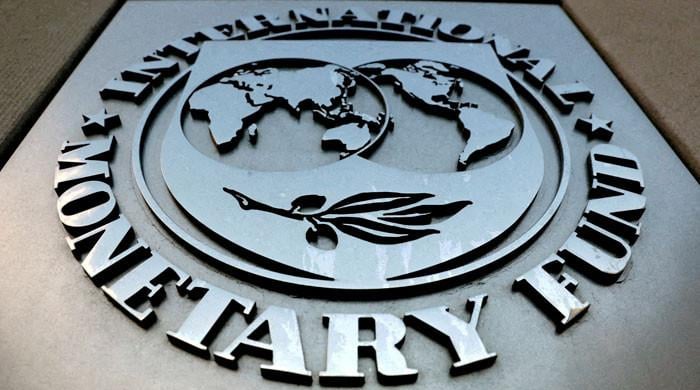[ad_1]
By
Bloomberg
Published
Mar 20, 2024
Gucci is being ghosted. Parent Kering SA warned on Tuesday that its first-quarter sales, excluding currency movements and mergers and acquisitions, would decline by about 10%. Gucci’s are expected to be down by almost 20%, primarily reflecting weakness in Asia. The shares fell as much as 15%.
Kering’s caution is a stark reminder that its flagship brand will take time to turn around, while demand for top-end goods is still at risk from sluggish consumers in both China and the US.
When it comes to Gucci, which accounts for about half of Kering’s sales and about 70% of operating profit, the hope is that we’ve finally reached the trough.
Its exuberant designs under former creative director Alessandro Michele revitalized the brand eight years ago, but fell out of fashion amid the pandemic and, later, economic-induced anxiety. It is now pivoting to sleeker styles under his successor Sabato de Sarno.
But de Sarno’s collection is only just hitting Gucci stores now. And with such a high-profile change of creative direction, there’s little point in buying the bulk of what is available. And there is not yet enough of the new aesthetic, which Kering said was meeting with a “highly favorable reception” to tempt shoppers.
In theory, Gucci sales should improve as more of de Sarno’s designs reach customers. But this shouldn’t be taken for granted.
While there are signs that the vogue for understated luxury is starting to fade, there is still a question mark over whether de Sarno’s clothing, bags and shoes will chime with consumers, particularly in China. With echoes of Prada SpA and Tom Ford, it is unclear whether the new Gucci will be distinctive enough to win fans.
What’s more, mid-market retailers, led by Inditex SA’s Zara and Massimo Dutti, are doing a good job in clothing, an additional headwind for those brands, such as Gucci, which rely more on the simply comfortable rather than super-wealthy customers.
Luxury is becoming increasingly polarized, between the mega-brands, led by LVMH’s Louis Vuitton, as well as Richemont’s Cartier, alongside Hermes International SCA and Prada. Houses trying to reposition themselves, such as Gucci and Britain’s Burberry Group Plc are increasingly pressured. In a tougher environment, when customers may have less to spend on indulgent goods, they are choosing tried and tested labels, particularly if the prices of the challengers are now in line with the giants. Little wonder then that the valuations of Kering and Burberry are at a significant discount to rivals on a price-to-earnings basis.
Against this backdrop, Kering’s poor first-quarter performance may turn out to be an outlier, rather than indicative of the broader luxury sector.
But it underlines the fragility of demand in China. Meanwhile, even with the recent rally in Bitcoin and the S&P 500 hitting record high after record high, there is scant sign of the US recovering either. Credit-card data from Citigroup Inc. showed a double-digit decline in US top-end spending in February although there was a slight improvement from January.
Before Kering’s warning, luxury shares had accelerated strongly after LVMH founder and Chief Executive Officer Bernard Arnault indicated that the industry was experiencing a gradual deceleration, not a severe slump.
Even with the specific circumstances around Gucci’s reinvention, that soft luxury landing is now in doubt.
Maqvi News #Maqvi #Maqvinews #Maqvi_news #Maqvi#News #info@maqvi.com
[ad_2]
Source link


